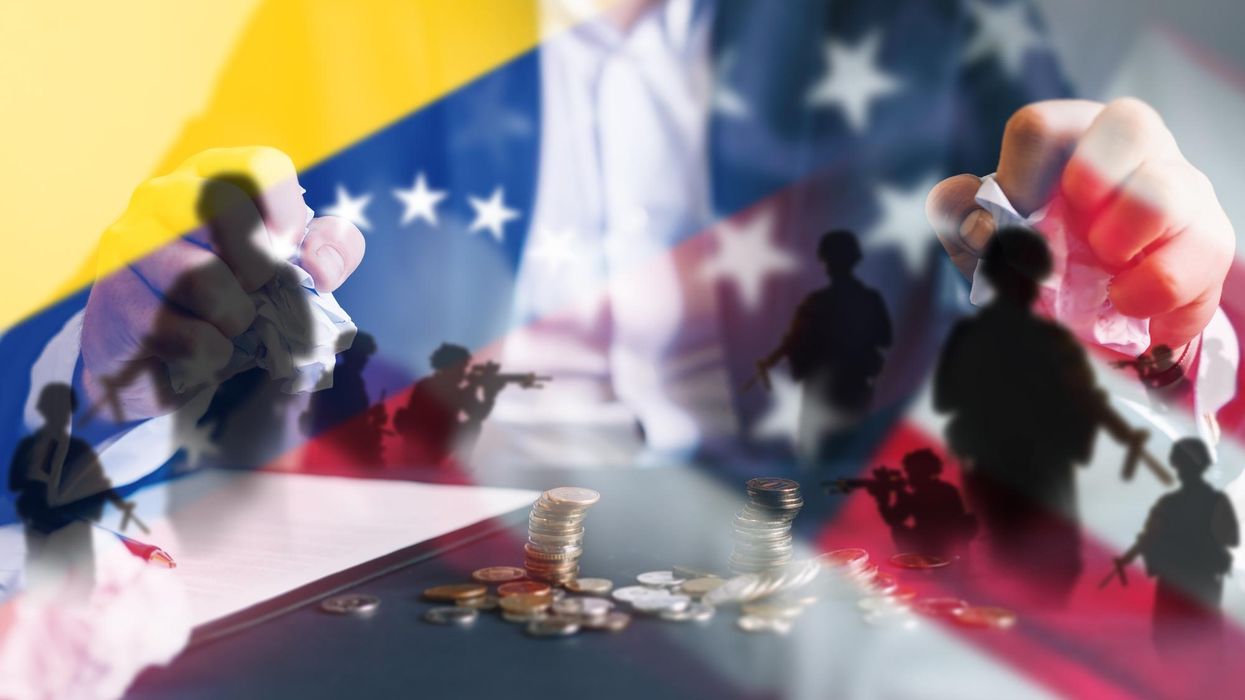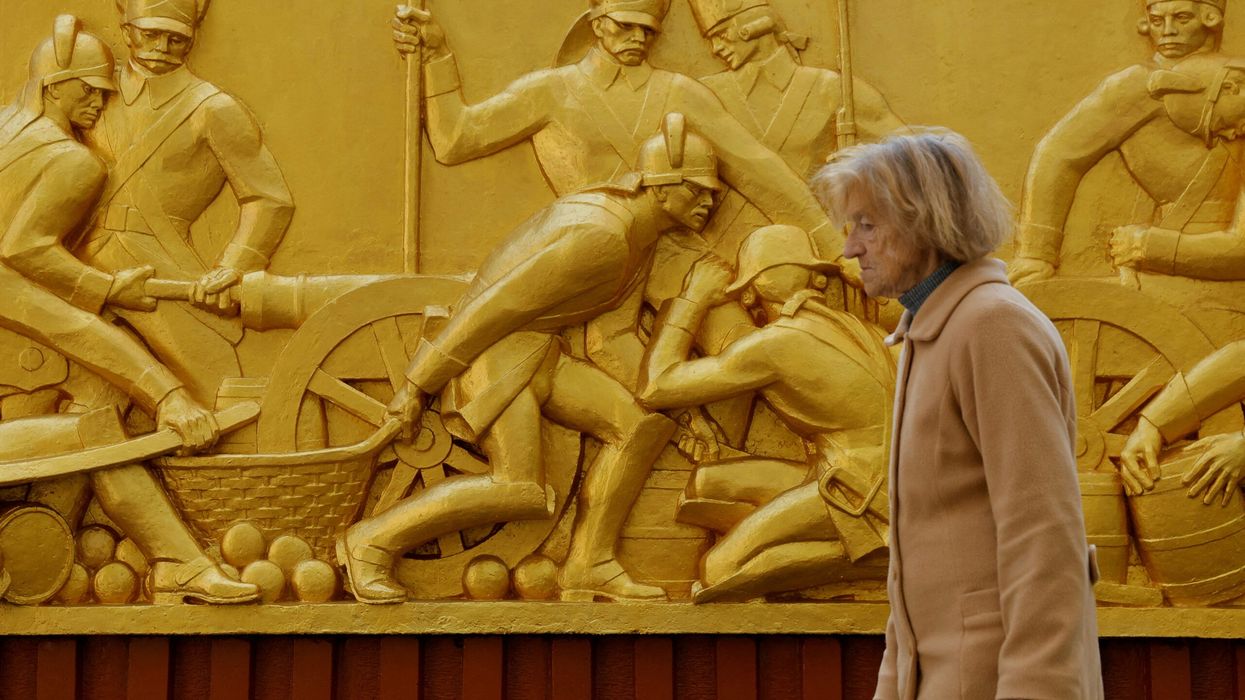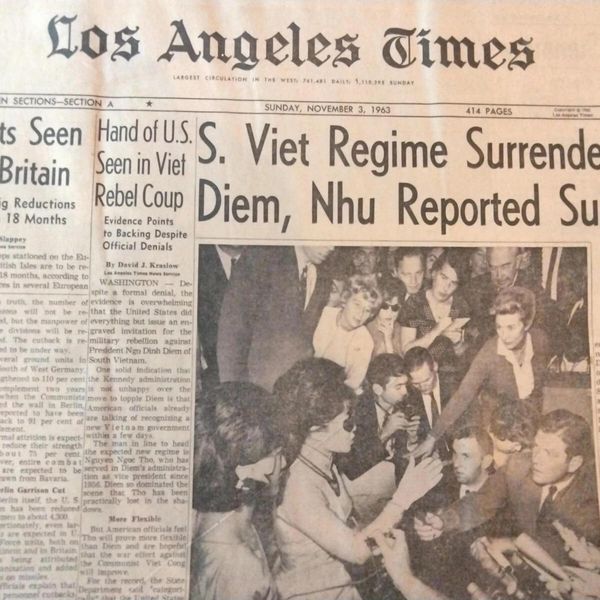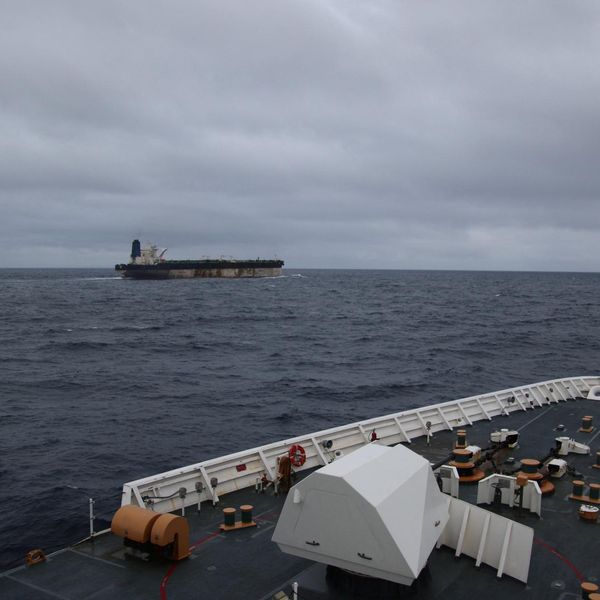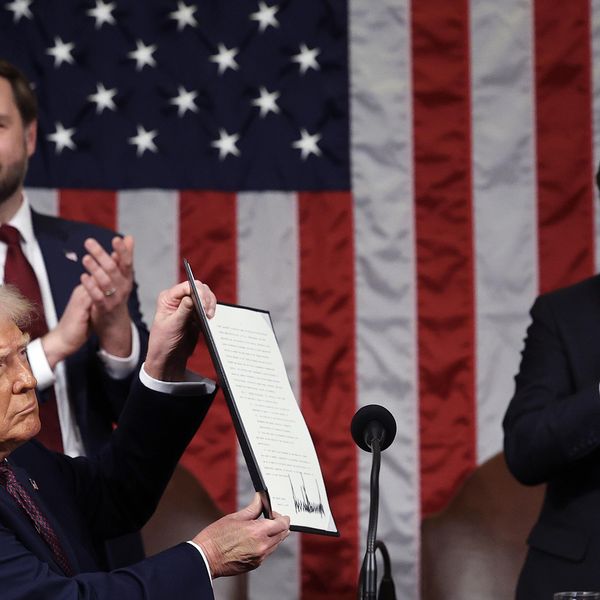Insinuations by a U.S. member of Congress that American taxpayers’ money may have been used to fund terrorist groups around the world, including Boko Haram, have prompted Nigeria’s federal lawmakers to order a probe into the activities of USAID in the country’s North East.
Despite assurances by the U.S. Ambassador to Nigeria, Richard Mills, who said in a statement that “there was no evidence that the United States Agency for International Development, USAID, was funding Boko Haram or any terrorist group in Nigeria,” Nigeria’s lawmakers appear intent on investigating.
No doubt, a probe into Nigeria’s long drawn counter-terrorism operation is long overdue. Since 2009 with the rise of the Boko Haram insurgency in Nigeria, billions of dollars have poured into the North East, an area the size of New England, ostensibly to assist aid groups providing vital humanitarian relief for civilians caught in the rapidly degenerating security landscape.
This vital aid has now stopped due to Washington’s decision to freeze foreign assistance for 90 days. According to the U.N., a total of $910 million is required this year alone to respond to the humanitarian needs of 3.6 million people in the states of Borno, Adamawa and Yobe in northeast Nigeria.
It would not be the first time we have heard accusations of this nature. What is different, however, this time around is that the current furor risks distracting from the real problem: Nigeria’s war against Boko Haram. Over the years, Nigeria’s military have been increasingly unable to contend with the insurgency’s extraordinary resilience.
As recently as January, General Christopher Musa, Nigeria’s Chief of Defense Staff, told Al Jazeera, “as we speak, over 120,000 Boko Haram members have surrendered, and most of them came with hard currency. How did they get it? How are they funded? How did they get the training? How did they get the equipment?… How are they able to sustain themselves for 15 years? That is one question I think everybody should ask themselves.”
These are tough questions that Nigeria’s military and intelligence services claim to have no means of answering. Hence aid groups, flush with foreign currencies, have become easy scapegoats. In October 2019, the Nigerian army banned two NGOs — Action Against Hunger and Mercy Corps — from providing humanitarian services in the North East, accusing them of working with Boko Haram. The groups rejected the accusations, with Action Against Hunger stressing they only deliver “neutral, impartial and independent” aid to the most vulnerable, especially women and children in the North East.
Since fighting began in 2009, approximately 35,000 people have been killed, while 2.5 million people have been displaced from their homes and a further 230,000 people have fled to neighboring Chad, Cameroon and Niger. Often, aid workers themselves have been caught in the crossfire, with 37 killed since 2009. In 2018, Médecins Sans Frontières was forced to briefly halt its operations when a deadly strike by Boko Haram fighters on a military base in Borno state killed at least three aid workers. The military base was near a camp hosting about 55,000 internally displaced persons.
Meanwhile, contrary to Nigeria’s chief of defense staff, there appears to be plenty of evidence, dating back to 2014, of where Boko Haram gets its funding. “During this period, Boko Haram relied on local sources of funding, including robberies, kidnappings for ransom, and extortion of communities under their control,” Zagazola Makama, a counterterrorism and security expert in the Lake Chad region, told Responsible Statecraft.
At this point in 2014, Boko Haram controlled 22 out of the 27 local government areas in Borno state in its self-described Islamic caliphate. Several reports have explained that the terrorist group funded its operations from extortion, charitable donations, smuggling, remittances and kidnapping, while also leveraging its control of the ancient Trans-Sahara trading routes to exert tolls on the rural population. Here the terrorist group has established a quasi-economic ecosystem through which it is able to generate significant income from taxing agricultural activities, including fishing and cattle rearing. The group is also able to use old smuggling and trading routes across the Sahel to import arms and mercenaries to sustain its activities.
Indeed, a Dubai-based Boko Haram financing ring consisting of six Nigerians was discovered as recently as 2020. The sophisticated money laundering group was found to have facilitated the transfer of $782,000 from Dubai to Nigeria between 2015 and 2016 to bolster Boko Haram’s operations.
Shortly after, Nigeria’s Financial Intelligence Unit revealed another alleged group of 96 Boko Haram financiers and 424 associates in March 2022. Until now, the Nigerian government has failed to reveal their identities. It’s hard not to believe that the government’s furor over USAID isn’t an attempt to divert attention away from their failures here — as well as their failure in the war against the Islamist insurgency. Despite repeated claims of technically defeating the group, Boko Haram and its splinters, although severely weakened, have retained the ability to deliver deadly strikes on civilian and military targets.
One might also ask why U.S. military aid hasn’t been more effective. Since the U.S. designated Boko Haram and a local splinter group, Ansaru, as Foreign Terrorist Organizations in 2013, U.S. support to Nigeria’s military has increased considerably. Between 2016 and 2020, Washington spent no less than $1.8 million in Foreign Military Financing (FMF) to support Nigeria’s maritime security, military professionalization, and counterterrorism efforts.
Between 2018 and 2022, the United States also authorized the permanent export of over $53 million in defense articles to Nigeria via the Direct Commercial Sales (DCS) process.
That the Boko Haram/ISWAP insurgency continues notwithstanding speaks to a larger crisis, which also includes the blighting socio-economic condition of the North East and Sahel regions, which provide a ready army for recruitment by the group and has left vast spaces ungoverned for dissident groups to thrive.
Operationally, the Multinational Joint Task Force (MNJTF), a combined multinational army comprising military units from Benin, Cameroon, Chad, Niger, and Nigeria and established in 2014, has suffered frequent operational lapses. Since 2015, the MNJTF has conducted six significant operations. However, many have been short and not always sustained long enough to root out the terrorists or disperse them completely.
Also, the absence of policing capability has become a recurrent problem for the mission. This means that areas initially liberated by fighting units are soon reoccupied by the terrorist groups.
To ignore these vital operational questions to pursue an inquest against relief agencies might seem gratifying for the moment, and possibly even rewarding politically, due to the interest the controversy has generated. But in the long run, it would probably do nothing to strengthen the country’s capacity to rid itself of an insurgency that has lasted for far too long.


